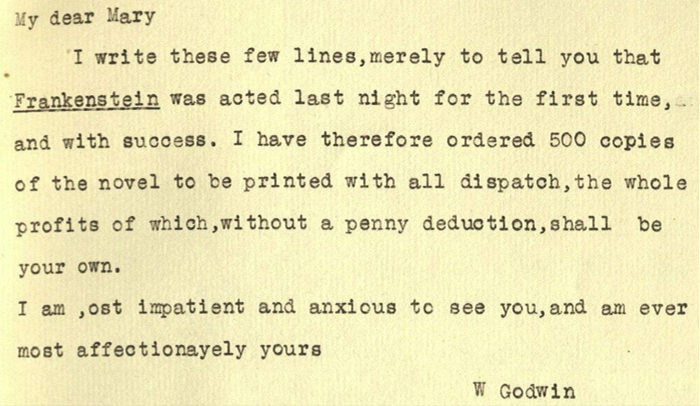Medical History, Mary Shelley, & Frankenstein
William Godwin, The Elopement of Percy Bysshe Shelley and Mary Wollstonecraft Godwin (1911)
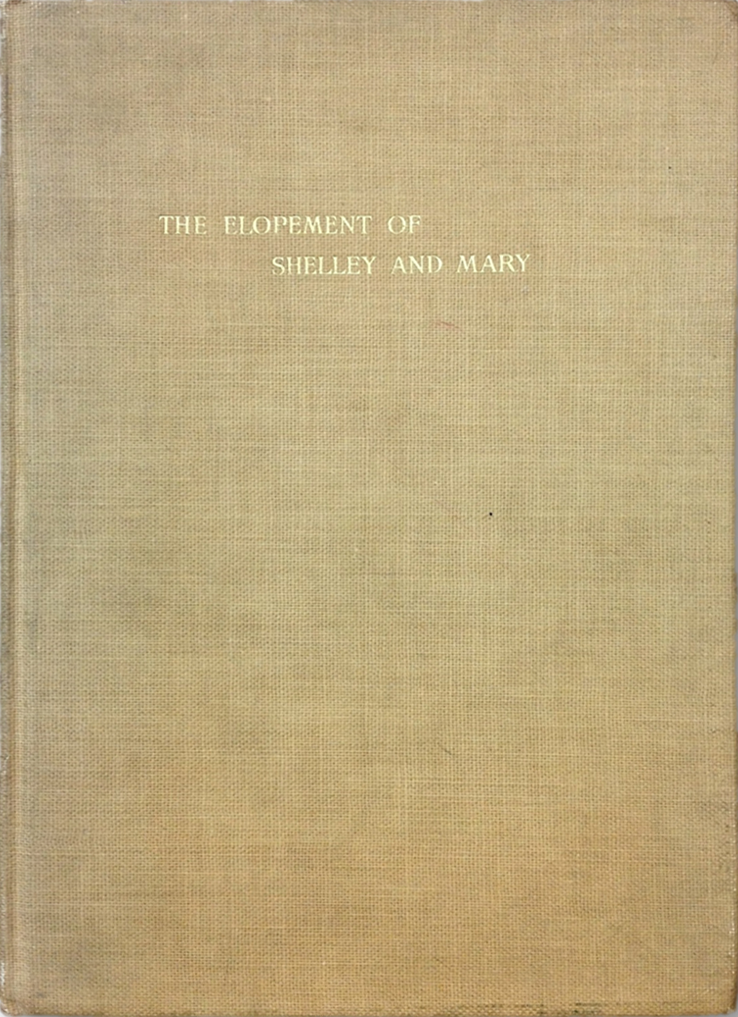
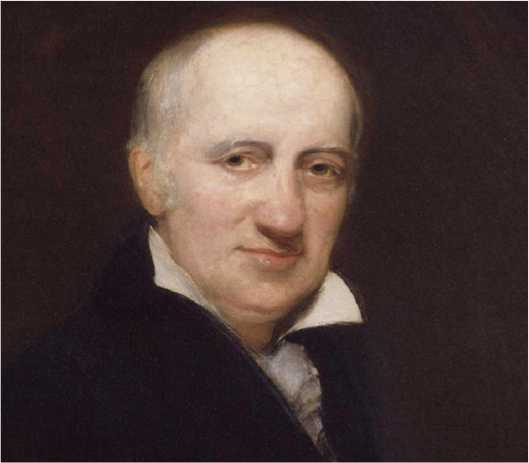
Born March 3, 1756 William Godwin was an English journalist, political philosopher and novelist. He is considered one of the first proponents of both utilitarianism and anarchism. He is also well-known as the husband of English writer, philosopher, and advocate of women's rights, Mary Wollstonecraft, and father of their child, Mary Wollstonecraft Shelley. Godwin disapproved of his daughter’s relationship with the then-married Percy Shelley, as can be seen in The Elopement of Shelley and Mary. This book, from 1911, is a critique of Godwin, highlighting a letter he wrote discussing his daughter’s elopement:
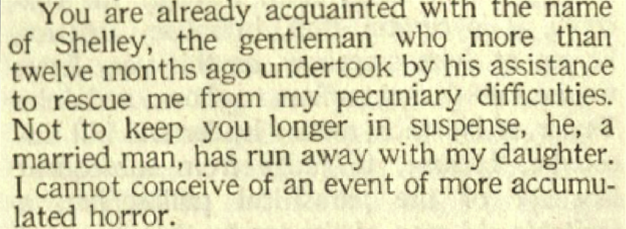
"Mary W. Shelley and Percy Bysshe Shelley: Autograph letters to Mrs. Leigh Hunt." Received by Marianne Hunt, 16 August 1817
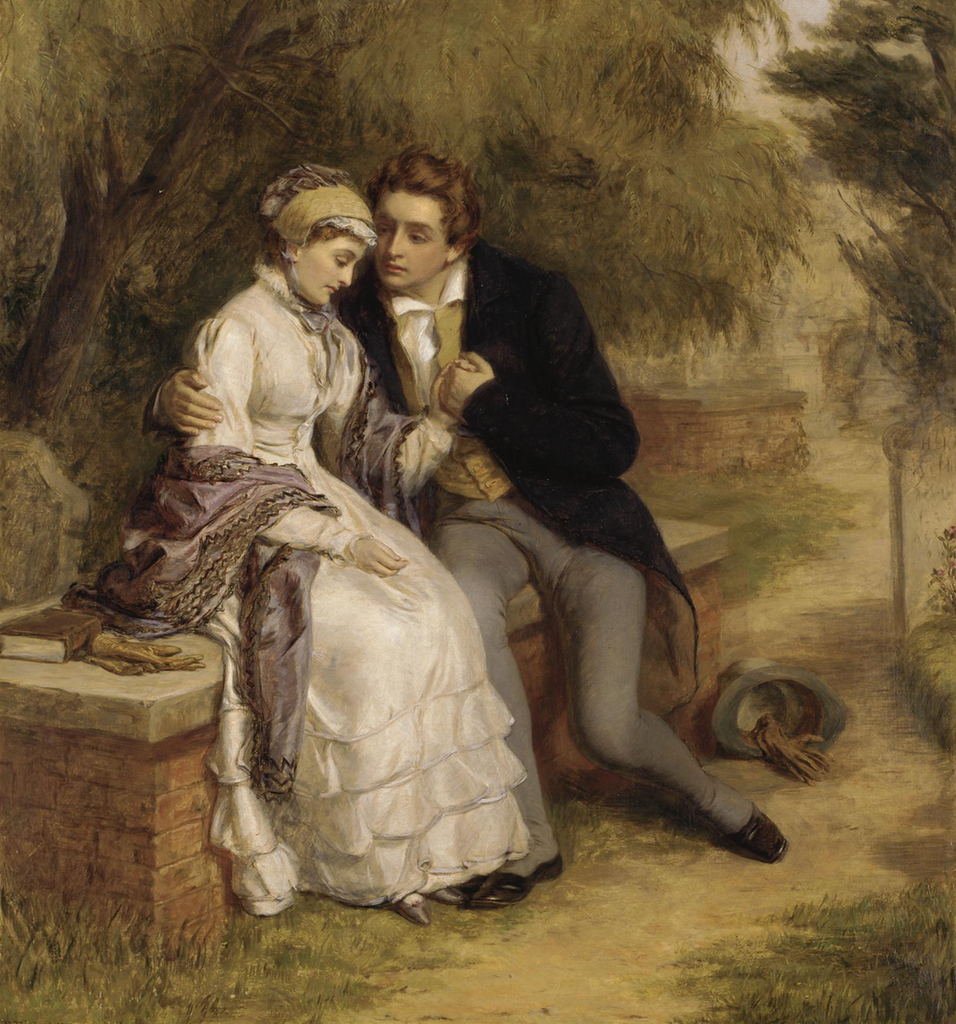

In this letter to Marianne Hunt, Mary Shelley writes about her pregnancy and other domestic topics with her good friend.
At the end of the letter, however, Percy adds his own note mentioning “poor Mary’s book came back with a refusal.” He then asks if Marianne knows of anyone who would publish the book that we now know as Frankenstein.
James Lackington, Memoirs of the First Forty-five Years of the Life of James Lackington, the Present Bookseller in Chiswell-street, Moorfields, London (1791)
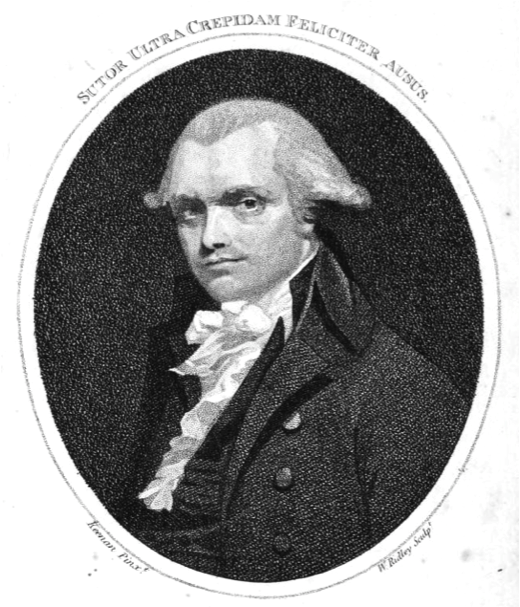

James Lackington was a bookseller who is credited with revolutionizing the British book trade by creating the discount bookstore. It was also his publishing house that finally published Frankenstein.
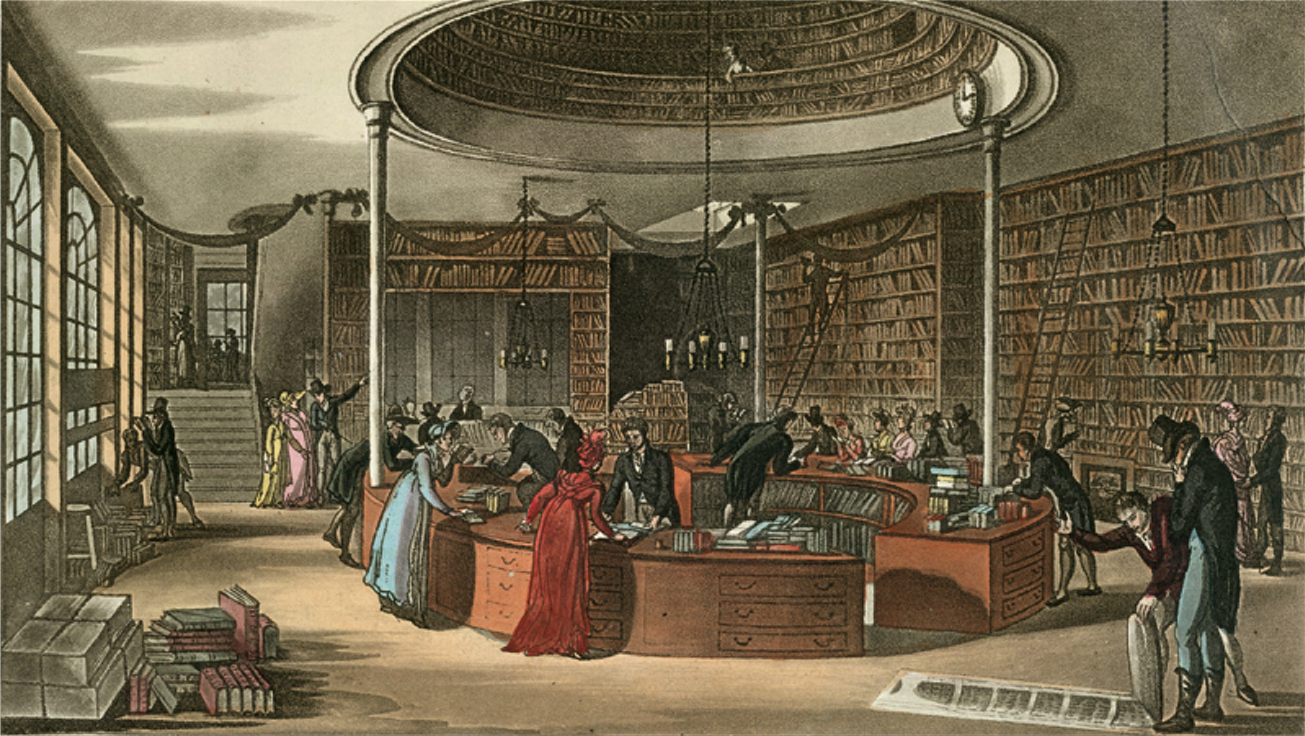
His most well-known bookstore was the Temple of the Muses. The bookstore was multiple stories high, had reading areas, and contained books at all price ranges. This encouraged the democratization of reading by making books available to all classes. The store was said to be so big that, when it opened, Lackington, ever the showman, had a four-horse carriage drive around the counters inside.
John William Polidori, The Vampyre; a Tale (1819)
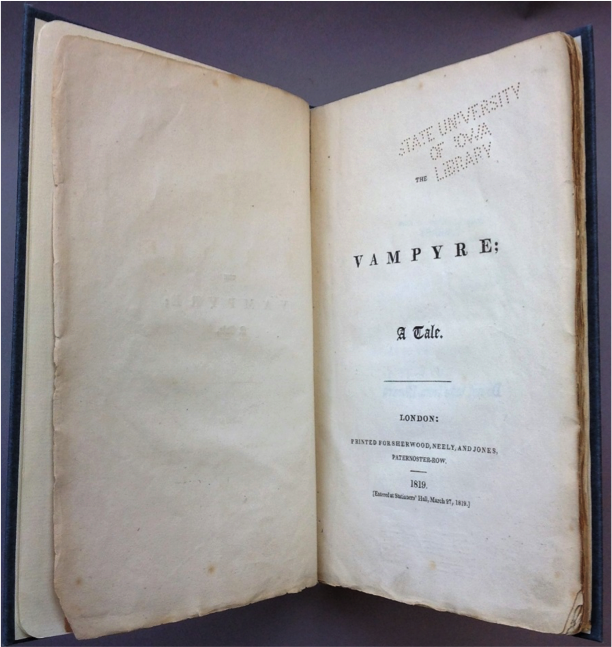
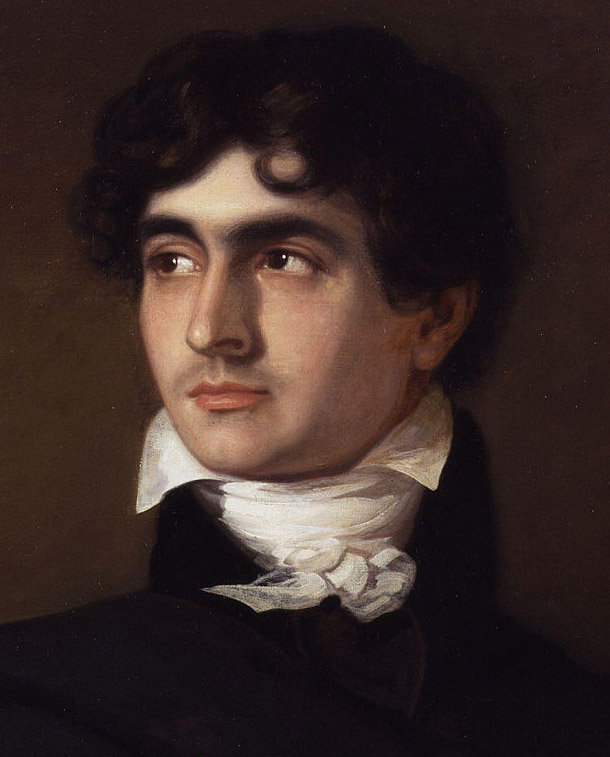
John Polidori was an English writer and physician, known for his associations with the Romantic Movement, including Lord Byron and the Shelleys. His most successful work was the short story, The Vampyre (1819), the first vampire story published in English. In 1816, he accompanied Byron as his personal physician on a trip to Europe and was part of the Shelly/Byron coterie that all agreed to write ghost stories on “a dark and stormy night” in Switzerland. Eventually, he had a falling out with Byron and many say Byron was the inspiration for Lord Ruthven, the bloodsucking vampire of his story. Weighed down by depression and gambling debts, he committed suicide in 1821.
"William Godwin to Mrs. Shelley: Autograph letter in re Frankenstein." Received by Mary Shelley, 29 July 1823
Roughly five years after the publication of Frankenstein, Godwin changed his tune about his daughter, embracing her and her newfound fame.
This letter “affectionately” from Godwin congratulates Mary on the success of Frankenstein on stage and promises a reprint of her book.
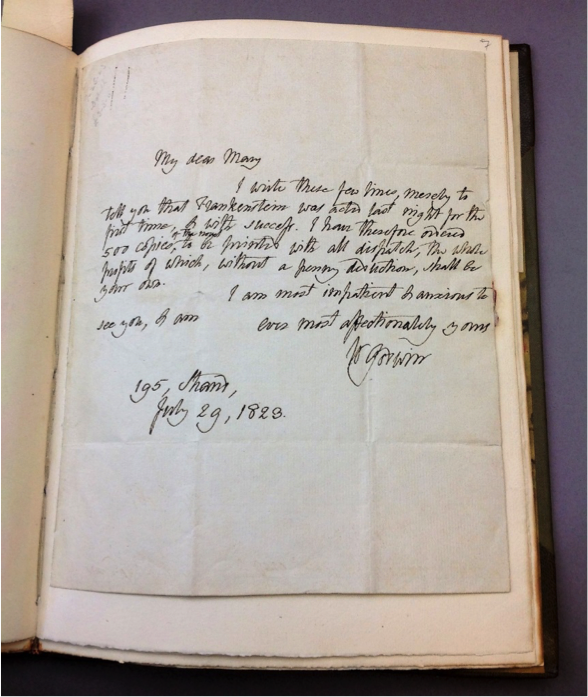
©2018 John Martin Rare Book Room, Hardin Library for the Health Sciences, 600 Newton Road, Iowa City, IA 52242-1098. Image: Illustration by Barry Moser from Frankenstein; or, The Modern Prometheus by Mary Shelly (Pennyroyal Press, 1983).
